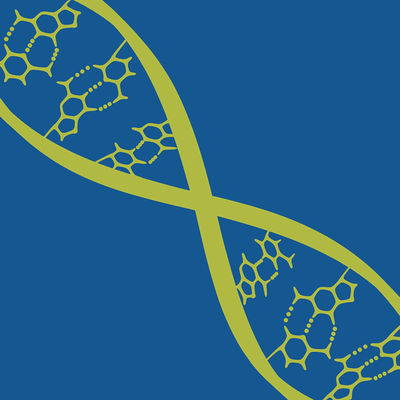1区 · 综合性期刊
ArticleOA
作者: Brown, Christopher J ; Lane, David P ; Juang, Yu-Chi Angela ; Aronica, Pietro G ; Duggal, Ruchia ; Spiegelberg, Diana ; Henry, Brian ; Sherborne, Brad ; Sawyer, Tomi K ; Ge, Lan ; Josien, Hubert ; Kannan, Srinivasaraghavan ; Yan, Lin ; Lim, Yee Hwee ; Kaan, Hung Yi Kristal ; Hochman, Jerome ; Yuen, Tsz Ying ; Johannes, Charles W ; Partridge, Anthony W ; Chandramohan, Arun ; Garbaccio, Robert ; Nestor, Marika ; Peier, Andrea ; Biswas, Kaustav ; Lin, Songnian ; Verma, Chandra S
Abstract:Although stapled α-helical peptides can address challenging targets, their advancement is impeded by poor understandings for making them cell permeable while avoiding off-target toxicities. By synthesizing >350 molecules, we present workflows for identifying stapled peptides against Mdm2(X) with in vivo activity and no off-target effects. Key insights include a clear correlation between lipophilicity and permeability, removal of positive charge to avoid off-target toxicities, judicious anionic residue placement to enhance solubility/behavior, optimization of C-terminal length/helicity to enhance potency, and optimization of staple type/number to avoid polypharmacology. Workflow application gives peptides with >292x improved cell proliferation potencies and no off-target cell proliferation effects ( > 3800x on-target index). Application of these ‘design rules’ to a distinct Mdm2(X) peptide series improves ( > 150x) cellular potencies and removes off-target toxicities. The outlined workflow should facilitate therapeutic impacts, especially for those targets such as Mdm2(X) that have hydrophobic interfaces and are targetable with a helical motif.






